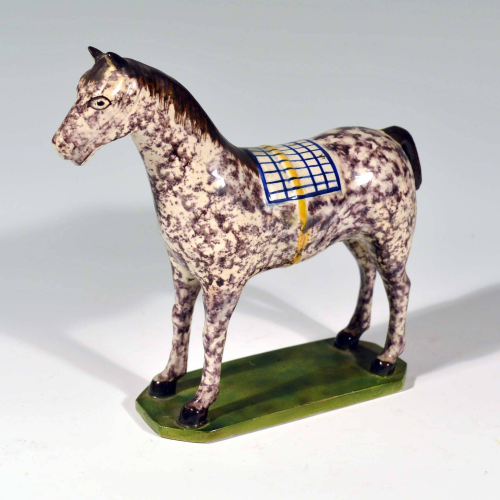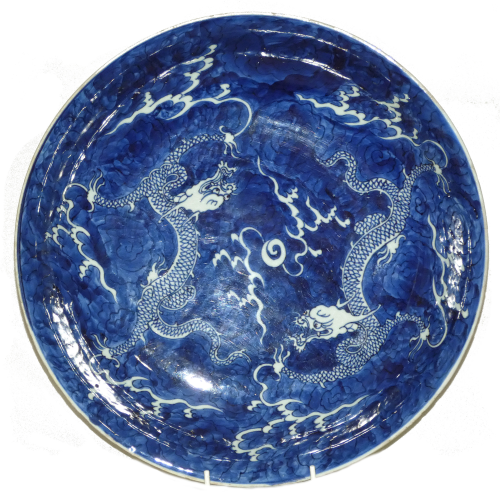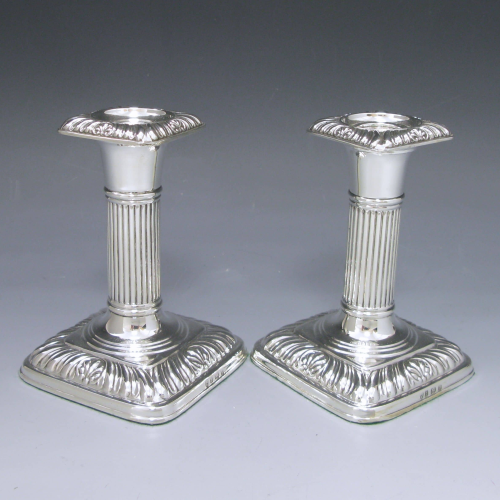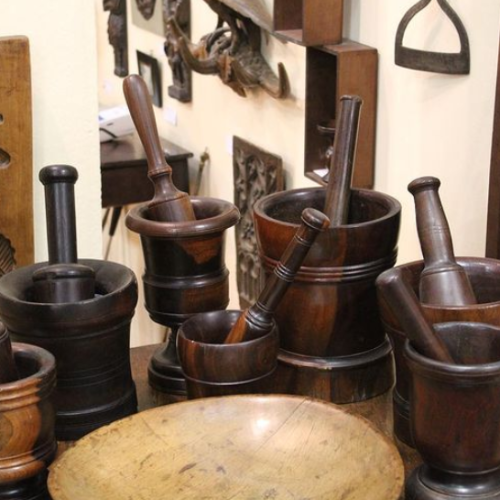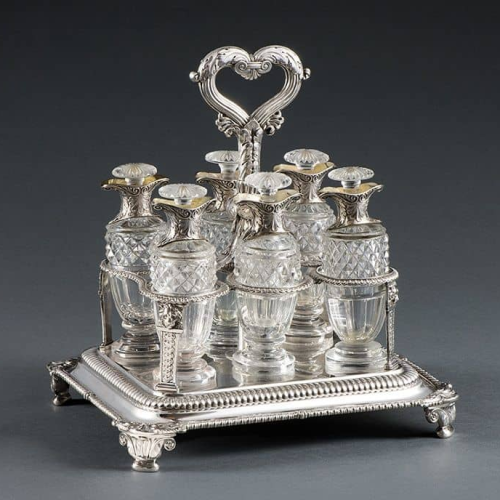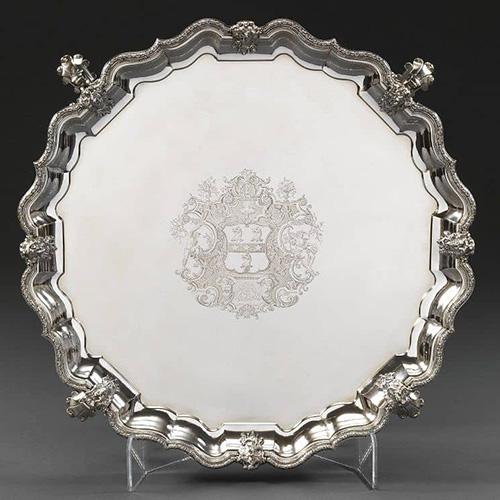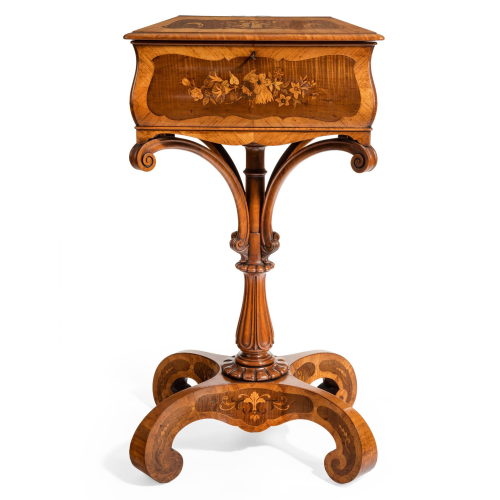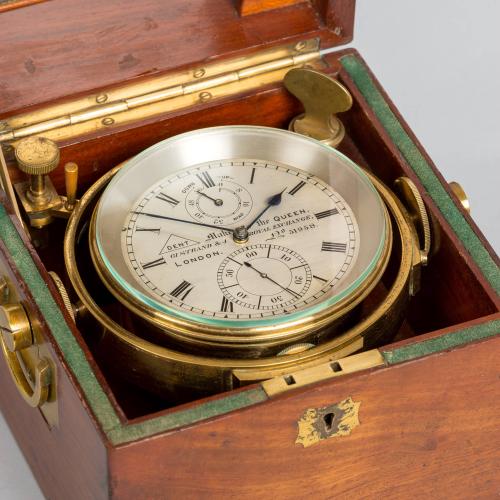
Terms of the Trade: Prattware
Prattware is the collective term given to a specific style of underglaze coloured earthenware, often relief decorated, produced in the UK from approximately 1780 to 1840.
The light earthenware body of a piece is decorated in a palette of oxide colours comprising, cobalt blue, yellow ochre, manganese, brown, and copper green, which are applied under a pearlware glaze. This palette had been previously used as the basis for polychrome delftware.


